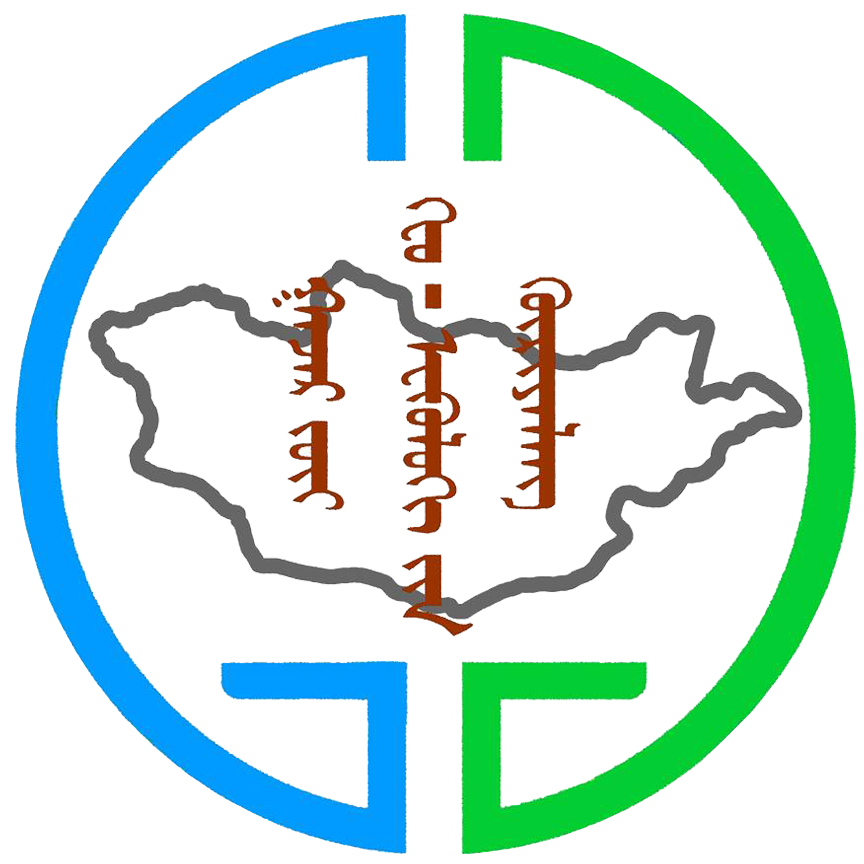High topographic heterogeneity and complex mechanisms between the atmosphere and
the ground create unique hydro-climatic processes over mountainous regions. Based on in situ
observations, we present the spatial variability of ground surface temperature (GST) in the Khentii
Mountains of northern Mongolia, which is situated at the southern fringe of the Eurasian permafrost
zone. Changes in the hydrothermal regime of the active layer were investigated in association with
changing climate and wildfire effects. The results reveal that the GST tends to increase continuously
since 2011 in both thawing and freezing seasons, and varies significantly within a short horizontal
distance, particularly during the thawing season. Extreme weather events, such as drought and heavy
snowfall, amplify the increase in the ground temperature and deepen the seasonal thawing depth.
The fire-induced loss in organic layer resulted in a greater heat penetration deeper into the ground
and unbalanced the moisture distribution. Overall, the thawing depth is greater by >1.7 m under
severely burned forest, compared to unburned forest. Given that about 30% of the boreal forest was
affected by wildfire in the study area, the ground thermal regime changed considerably. The findings
suggest that the combination of regional temperature rise and more frequent extreme weather and
wildfire events in the region triggers permafrost degradation and alters the hydrothermal regime in
the future.
